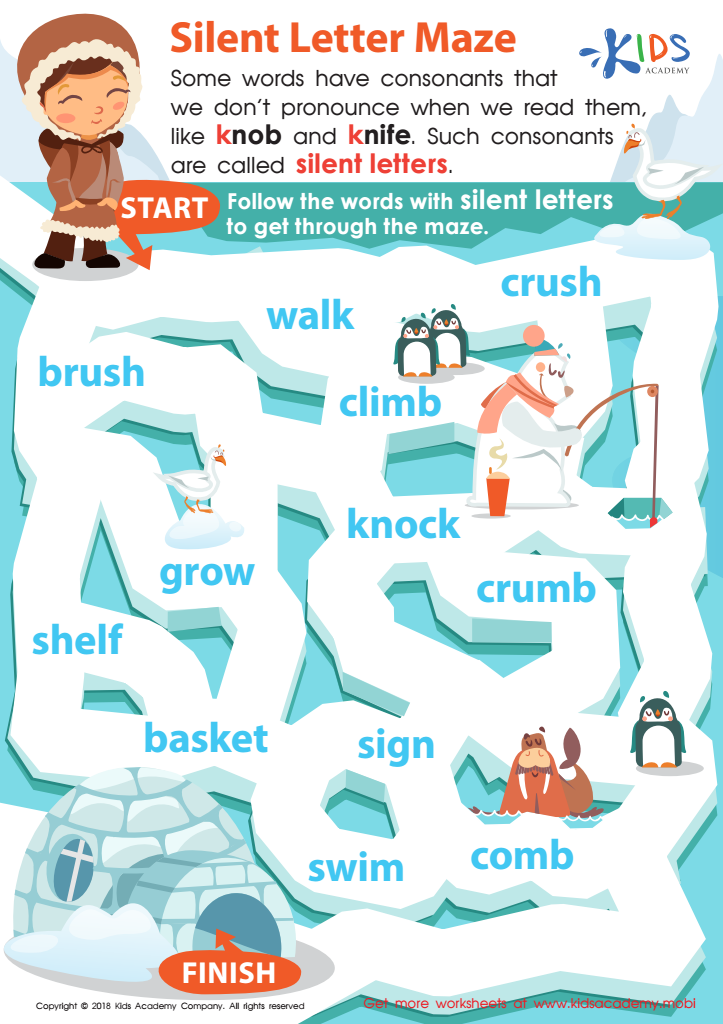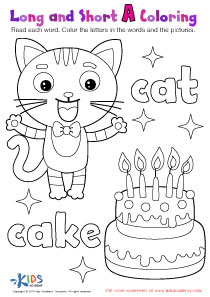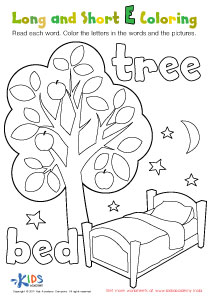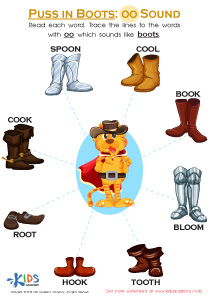Third Grade Silent Vowels Worksheets
1 filtered results
-
From - To
Grade 3 Fun Silent Vowels Worksheets
Introducing our Silent Vowels Worksheets tailored specially for Grade 3 students! These comprehensive worksheets are designed to improve phonics skills and help develop reading fluency. The Silent Vowels Worksheets provide comprehensive exercises that assist students in recognizing and understanding silent vowels when they appear in words, thereby improving their ability to decode words and sentences. The prompts and exercises in these worksheets will serve as a good foundation for students to become more proficient in spelling, reading, and writing. Our Silent Vowels Worksheets are a great investment in the students' learning and language development. Get them now and watch the magic of learning unfold!


Silent Letter Maze Worksheet
The Importance of Silent Vowels Worksheets for Grade 3 Students
Silent Vowels Worksheets: Why They're Useful for Grade 3 Students
Silent vowels may seem like a minor aspect of the English language, but they play a significant role in spelling and pronunciation. That's why it's crucial for grade 3 students to understand the concept of silent vowels, which are vowels that aren't pronounced in certain words.
One effective way to teach silent vowels is through worksheets. These worksheets offer various benefits and can contribute to students' success in language development and communication skills.
Here are some reasons why silent vowels worksheets are useful for grade 3 students:
1. Enhance spelling skills
Silent vowels worksheets can improve children's spelling abilities by teaching them to recognize when a vowel is silent or pronounced. By understanding this distinction, students can avoid common spelling mistakes where students mistake the pronunciation and write words incorrectly.
2. Improve pronunciation skills
Another benefit of silent vowel worksheets is teaching students the correct pronunciation. Many English words have silent vowels, and it can be challenging for young students to distinguish which vowels need to be pronounced. Hence, worksheets that help students identify silent vowels can enhance their pronunciation skills.
3. Enhance vocabulary
Some students struggle with reading and interpreting unknown words. Silent vowel worksheets can teach children to read words with silent vowels and improve their vocabulary. Once students know which vowels they need to include or omit, they will be able to understand words better, even if they haven't heard them before.
4. Develop critical thinking
Working with silent vowel worksheets requires analytical thinking, which is an essential skill for grade 3 students. Students need to understand the rules, apply them in different scenarios, and differentiate between similar-sounding words. This exercise will promote their critical thinking skills, and they will be able to apply that skill in different subjects.
5. Boost Confidence
Silent vowel worksheets offer practice, which leads to mastery. When students practice, they'll become more confident about their abilities, and that positivity can uplift their overall learning experience. Worksheet practices can help children learn the knowledge quicker, and as they get it right, that positive reinforcement can lead to more confidence in themselves.
In conclusion, silent vowel worksheets are an essential tool for teaching grade 3 students how to recognize silent vowels. They offer various benefits that can support children's language, vocabulary, and literacy skills. Silent vowel worksheets enable whole word learning, encourage analytical thinking, and develop critical thinking skills that the students can apply in different subjects.
 Assign to the classroom
Assign to the classroom




